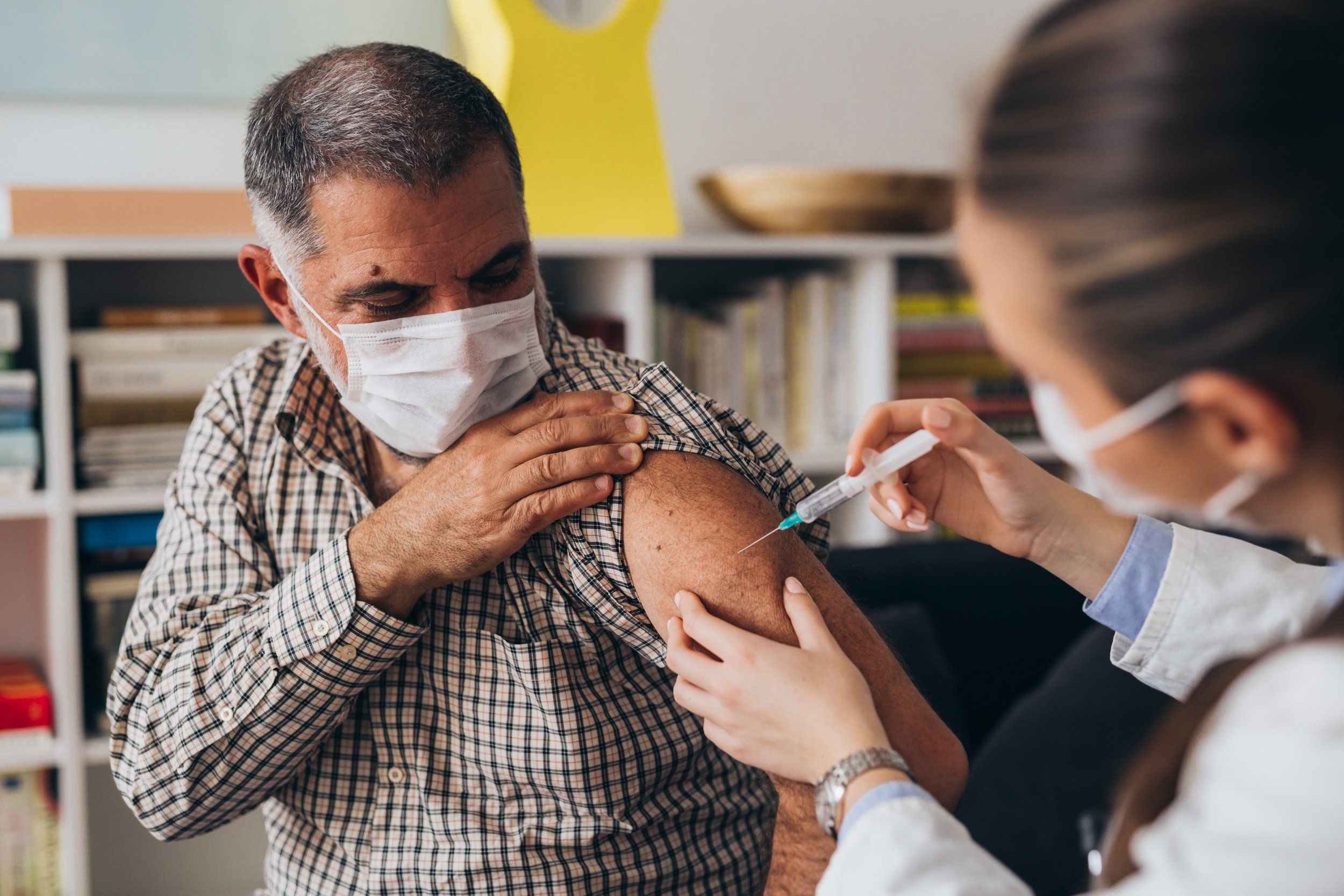
Equitable Distribution During Unprecedented Times
By prioritizing diversity and inclusion, a coordinated effort to address health disparities and improve public health outcomes for all populations can be achieved.
Consider stakeholder engagement, data-driven decision-making, culturally competent communication, community outreach, and continuous monitoring and evaluation. Embracing these strategies allows for a more inclusive, effective, and impactful deployment of clinical and vaccine resources.
Introduction
Diversity and inclusion are essential principles to uphold when managing the deployment of clinical and vaccine resources. Ensuring equitable distribution and access to healthcare resources for all populations is critical in promoting public health and reducing disparities. This case study explores the challenges and strategies learned at of the largest healthcare facilities serving the larger Bay Area during the COVID-19 pandemic. These insights can be adopted to prioritize diversity and inclusion while deploying clinical and vaccine resources post-pandemic.
Background
During the early days of the COVID-19 pandemic, our team was tasked with overseeing the distribution of clinical and vaccine resources to various healthcare facilities and communities. Early on, we knew that we must ensure that the deployment was not only efficient but also equitable to reach diverse and underserved populations. This required awareness of existing health disparities, social determinants of health, and the unique needs of different communities.
Strategies for Diversity and Inclusion
Stakeholder Engagement: Plan early on to engage with a diverse range of stakeholders, including community leaders, healthcare providers, and public health officials. This helps ensure that various perspectives and needs are considered during the planning and implementation process.
Data-Driven Decision Making: Determine and implement measures to obtain data on population demographics, health disparities, and social determinants of health to guide the deployment of resources. This information can help identify underserved areas and prioritize resource allocation accordingly.
Culturally Competent Communication: Development and implementation of culturally sensitive communication strategies is an evolving process amongst staff. This is a necessity to ensure that information about the availability of clinical and vaccine resources reaches diverse populations. This may include utilizing multilingual materials and partnering with local community organizations.
Community Outreach and Education: Identify and partner with community organizations to raise awareness about the importance of vaccination and clinical resources. Tailor educational materials and messaging to address the specific concerns and cultural beliefs of diverse communities.
Continuous Monitoring and Evaluation: Regularly assess the effectiveness of the deployment strategy, particularly regarding its impact on diverse populations. Use this information to refine and adapt the approach as needed.
Challenges
Limited Resources: Constraints are ever present, making it challenging to reach all communities and individuals in need. During the COVID-19 pandemic, we faced vaccine shortages and staff shortages to administer.
Cultural and Language Barriers: Diverse populations may have varying cultural beliefs and language preferences, which can make communication and outreach efforts more complex.
Resistance to Vaccination: Vaccine hesitancy or mistrust was especially prevalent during COVID-19. This may be observed in specific communities, requiring tailored strategies to address concerns and build trust.
Geographic Barriers: Some communities may be geographically isolated or difficult to access, posing logistical challenges for resource distribution. Although our facility served the larger Bay Area, there were community clinics that required frequent communication to stay in the loop with larger facility initiatives.
Conclusion
All teams play a crucial role in ensuring the equitable deployment of clinical and vaccine resources. By prioritizing diversity and inclusion, a coordinated effort to address health disparities and improve public health outcomes for all populations can be achieved. Consider stakeholder engagement, data-driven decision-making, culturally competent communication, community outreach, and continuous monitoring and evaluation. Embracing these strategies allows for a more inclusive, effective, and impactful deployment of clinical and vaccine resources.




